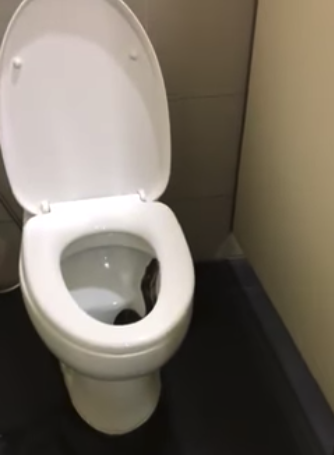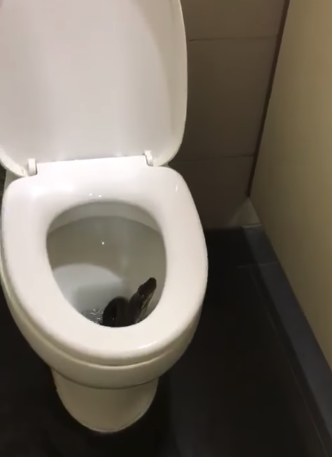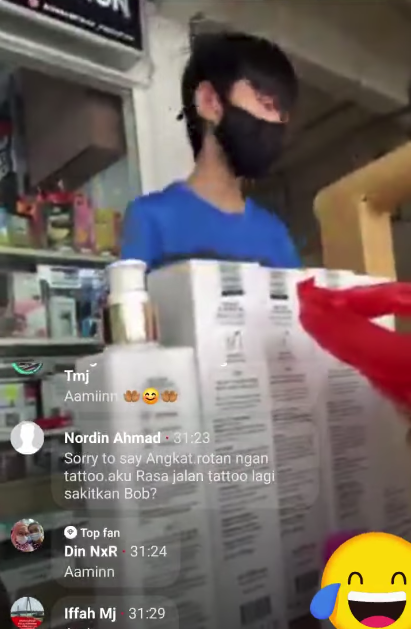Reality star Rob Kardashian just revealed the Christmas decorations at his amazing abode in Calabasas. The Keeping Up With The Kardashians star posted on Instagram a collection of photos showing the transformation of the entrance hallway to his property, once owned by his mother Kris Jenner and seen in the first few series of the family’s reality show.
Rob captioned the carousel, “Thank you so much to @jeffleatham and his wonderful team for always making the Christmas vibe perfect in my house every year!!”
He added that the decorations had been inspired by Disneyland at the request of his daughter, Dream. “My daughter is about to be so happy!! She wanted a rainbow Disney princess tree so that’s what she gets!! Sending LOVE to all!”
It is no wonder that his followers were blown away by the photos.

One commented, “Wow so gorgeous,” while another added, “How beautiful!! A girl dad [heart emoji],” and a third wrote, “SO STUNNING! I love this. Sending you all the love and positivity in your life.”
Rob’s followers were surprised that he moved into his mother Kris’ house. His sister Kim confirmed the news when she shared a tour on Instagram Stories back in September saying, “So, I just got to my brother’s house and God, the nostalgia here is insane.
“Guys, do you remember this kitchen just from filming?” She went on to pan the camera and reveal the iconic black-and-white checkered flooring that featured several times in the early seasons of the show.
Kris then joined Kim at the home when she opened up about the sentimental value of the house: “I’m so grateful we still have it in the family because it makes me really happy.”
Another of Rob’s fans added, “The fact that Kris left you the house is iconic.”
Born on March 17, 1987, Robert Arthur Kardashian is an American television personality and businessman. He is known for appearing on Keeping Up with the Kardashians, a reality television series that centers on his family, as well as its spin-offs. In 2011, Rob also competed in the thirteenth season of ABC’s Dancing with the Stars, during which he placed second.


















